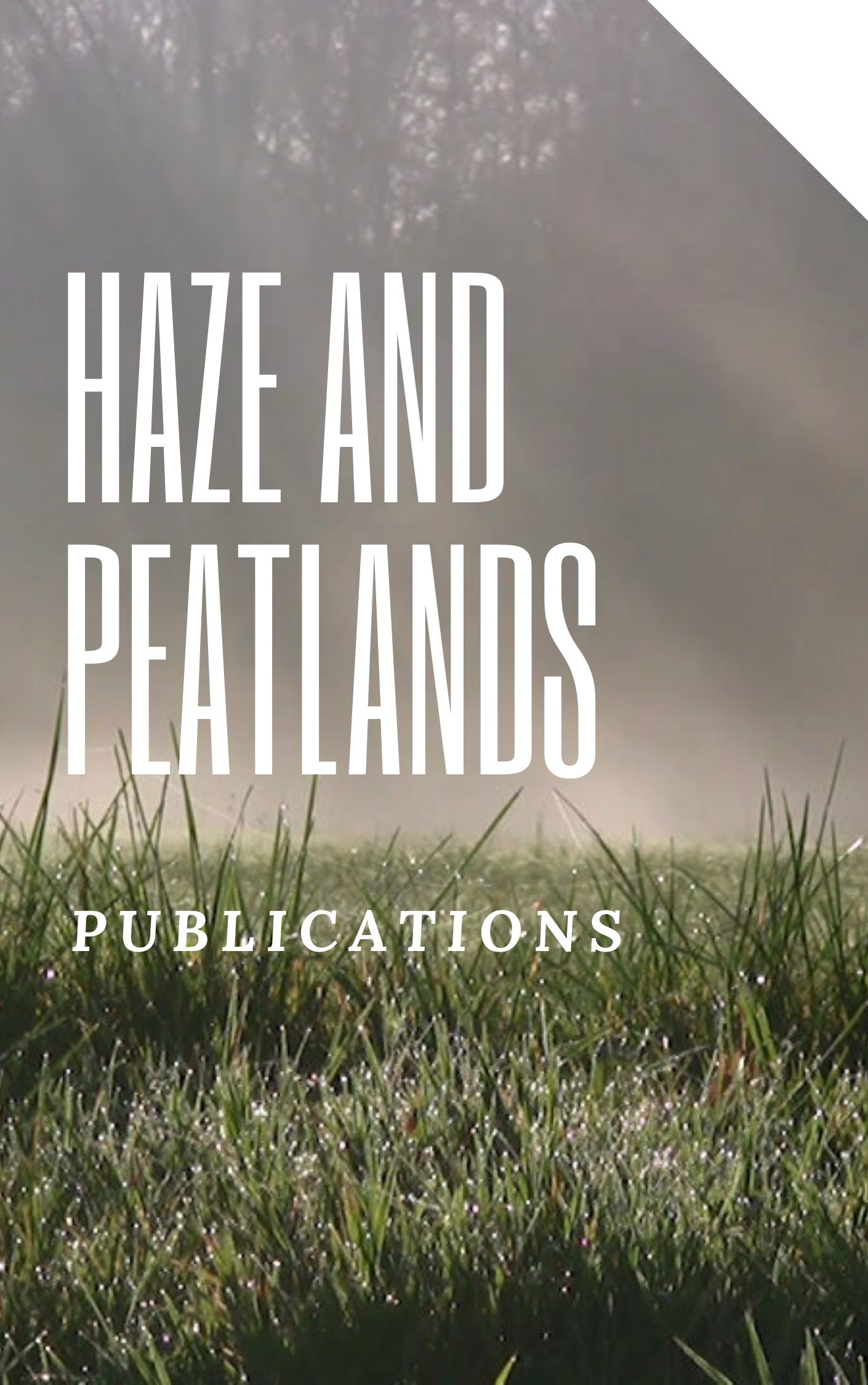Southeast Asia, which encompasses four biodiversity hotspots (Indo-Burma, Sundaland, the Philippines, and Wallacea), is a region of remarkably high biodiversity. Much of the region's flora and fauna is not found elsewhere in the world (endemic). Unfortunately, this region has been experiencing widespread and rapid deforestation and forest degradation over the last few decades, driven primarily by industrial agriculture, such as oil palm development. In this article, the authors discuss the status of key natural ecosystems and taxonomic groups. Additionally, they highlight the major threats to biodiversity as well as the challenges and opportunities for conservation in this region. © 2013 Elsevier Inc. All rights reserved.
View source

